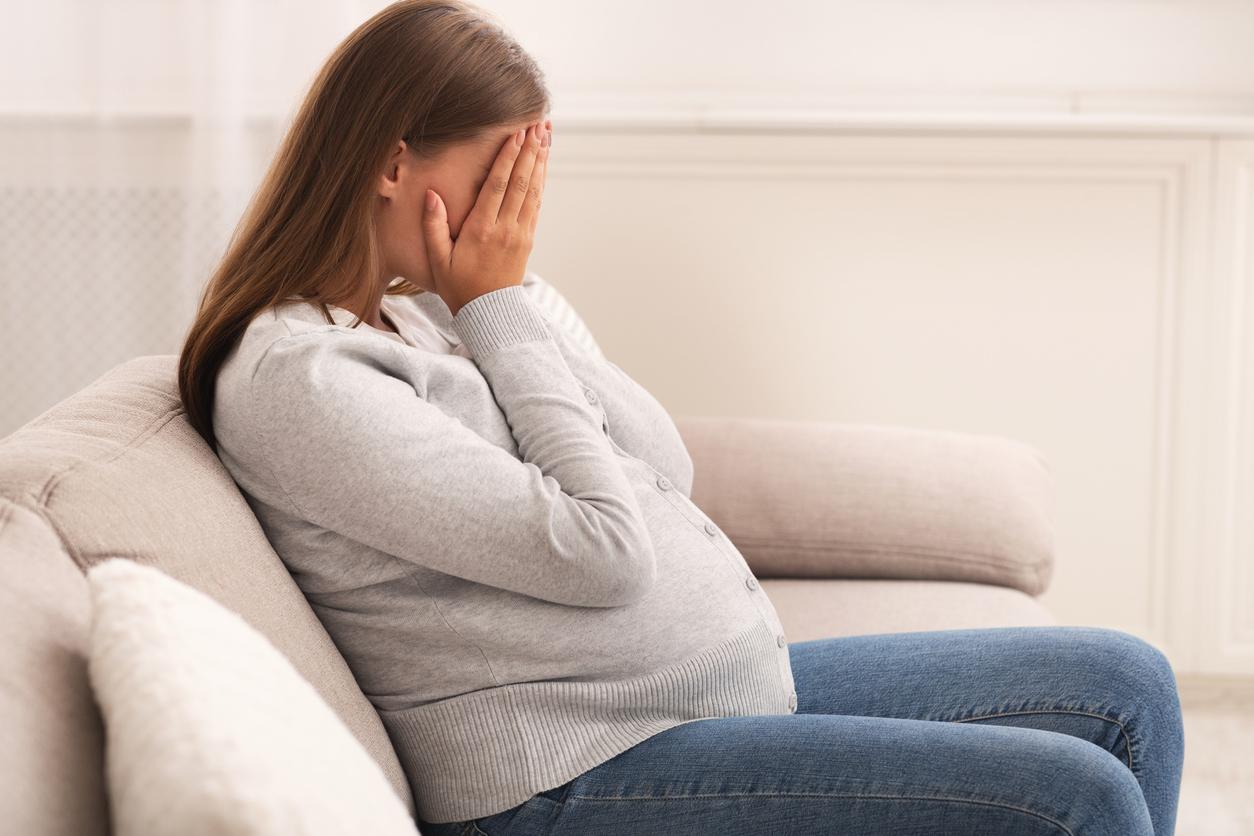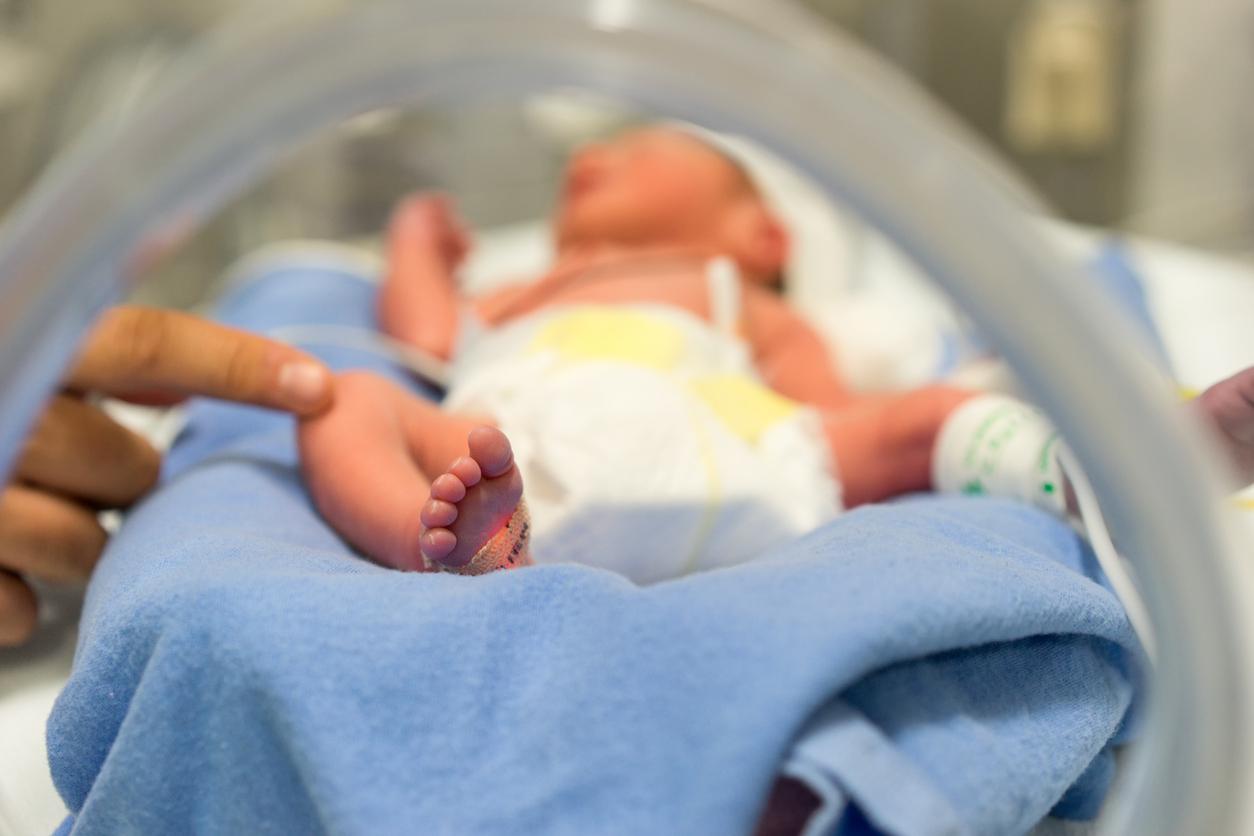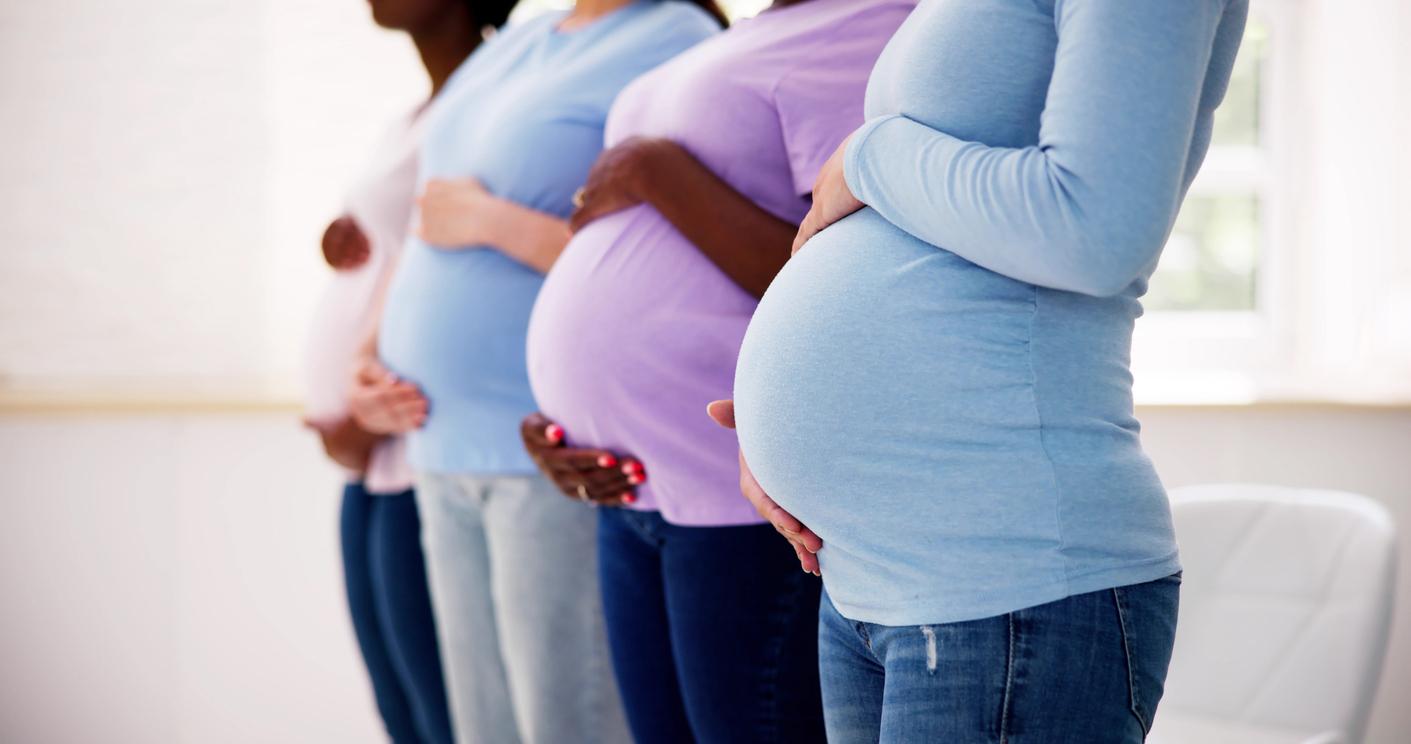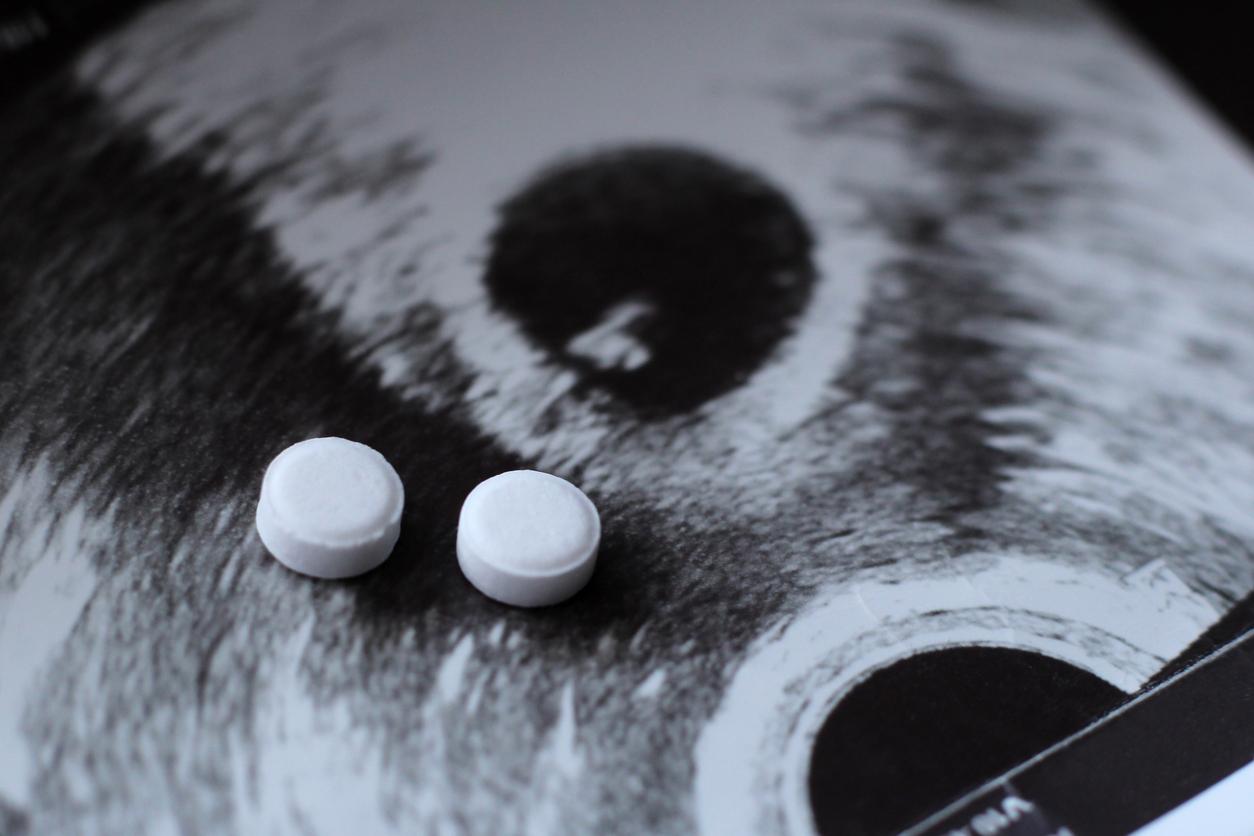A consortium bringing together Inserm researchers from the hospitals of Poitiers and Nancy, as well as the Atlanta Center for Disease Control and Prevention (United States) studied the incidence of exposure to certain phenols (such as parabens or triclosan) during pregnancy. The conclusions of this study indicate that this exposure could disrupt the growth of little boys during pregnancy but also during their first three years.
Compounds that work on babies’ weight gain
Like the majority of the population, pregnant women are widely exposed to several compounds present in our environment. It’s the case parabens (used as preservatives in cosmetics and care products), triclosan (an antibacterial pesticide found in some toothpastes and soaps), benzophenone-3 (used in sun protection products as an ultraviolet filter) or bisphenol A(used, among other things, for the manufacture of polycarbonate type plastics). All these compounds are part of the phenol family and are considered to be endocrine disruptors, that is to say capable of causing physiological or reproductive abnormalities.
They are not toxic in the usual sense of the term (they do not cause poisoning) but they can disturb the body discreetly. This is how Inserm researchers have shown that these compounds interact with hormonal systems involved in the growth and weight gain of little boys.
95% of pregnant women exposed to phenols
The study was based on 520 little boys from the EDEN mother-child cohort set up by Inserm. The pregnant women participating in this cohort were recruited between 2003 and 2006 (ie before the current regulations on bisphenol A were put in place) in the hospitals of Nancy and Poitiers.
The growth of the babies was assessed using ultrasound scans during pregnancy and then weight and height measurements were taken from birth until the child was 3 years old. A urine sample taken during pregnancy allowed the determination of biomarkers of exposure to phenols. This assay was performed in the Environmental Health Laboratory of the Atlanta Center for Disease Control and Prevention.
“The results show that more than 95% of pregnant women were exposed to phenols during their pregnancy and that this exposure to certain phenols could disrupt the growth of little boys” explain the researchers.
These do not implicate bisphenol A, but they note that triclosan disrupts the growth of the baby in utero and that parabens are associated with an increase in the weight of the child, at birth and at three years. However, other studies have shown that accelerated growth in the first years of life can increase the risk of obesity later in childhood.
The research teams will now endeavor to replicate these results within a new couple-child cohort (the SEPAGES cohort). Girls, whose sensitivity to phenols may differ from that of boys, will also be considered in this new cohort.
















